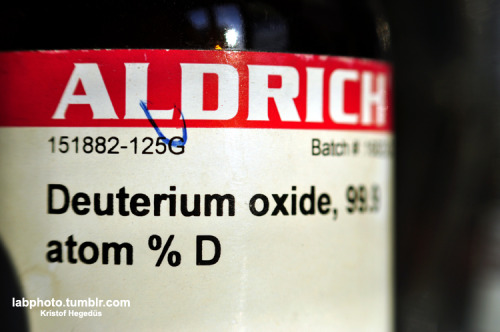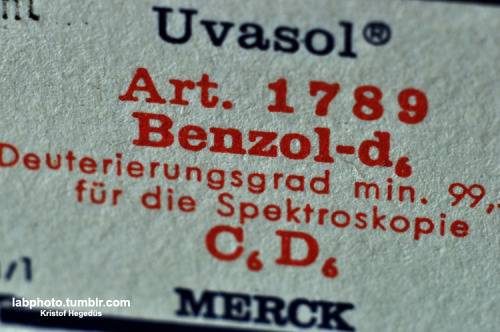Are you kidding? There are plenty of experiments, like fusion studies, examining DDO vs HHO burn tempature, deuterating hydrocarbons, study of higher
energy hydrogen, liquid deuterium rocket fuel, and way more!
For many experiments you need compounds with specific isotopes, especially for nuclear reactions, like bubble fusion, and the fleishman and ponds
experiment.
Also I just remebered that under high energy conditions with a mix of water and lithium hydroxide that it will evolve helium and deuterium oxide.
2(H2O,LiOH) x 11(He),9(D2O)
I won't give so many details, because I heard some people on the form haven't been using proper safety precautions. |













